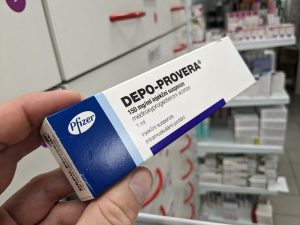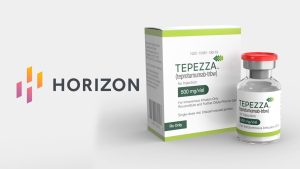Topamax, also known by its generic name topiramate, is an antiepileptic medication developed by Ortho-McNeil Pharmaceutical, a subsidiary of Johnson & Johnson. It was first approved by the U.S. Food and Drug Administration (FDA) in 1996. Initially, Topamax was primarily used for the treatment of epilepsy and seizures, as it demonstrated efficacy in reducing the frequency and severity of seizures in patients.
Topamax works by affecting neurotransmitters in the brain, particularly gamma-aminobutyric acid (GABA) and glutamate. GABA is an inhibitory neurotransmitter that reduces brain activity, while glutamate is an excitatory neurotransmitter that increases brain activity. By modulating the balance between these neurotransmitters, Topamax helps to prevent excessive electrical activity in the brain, reducing the likelihood of seizures.











